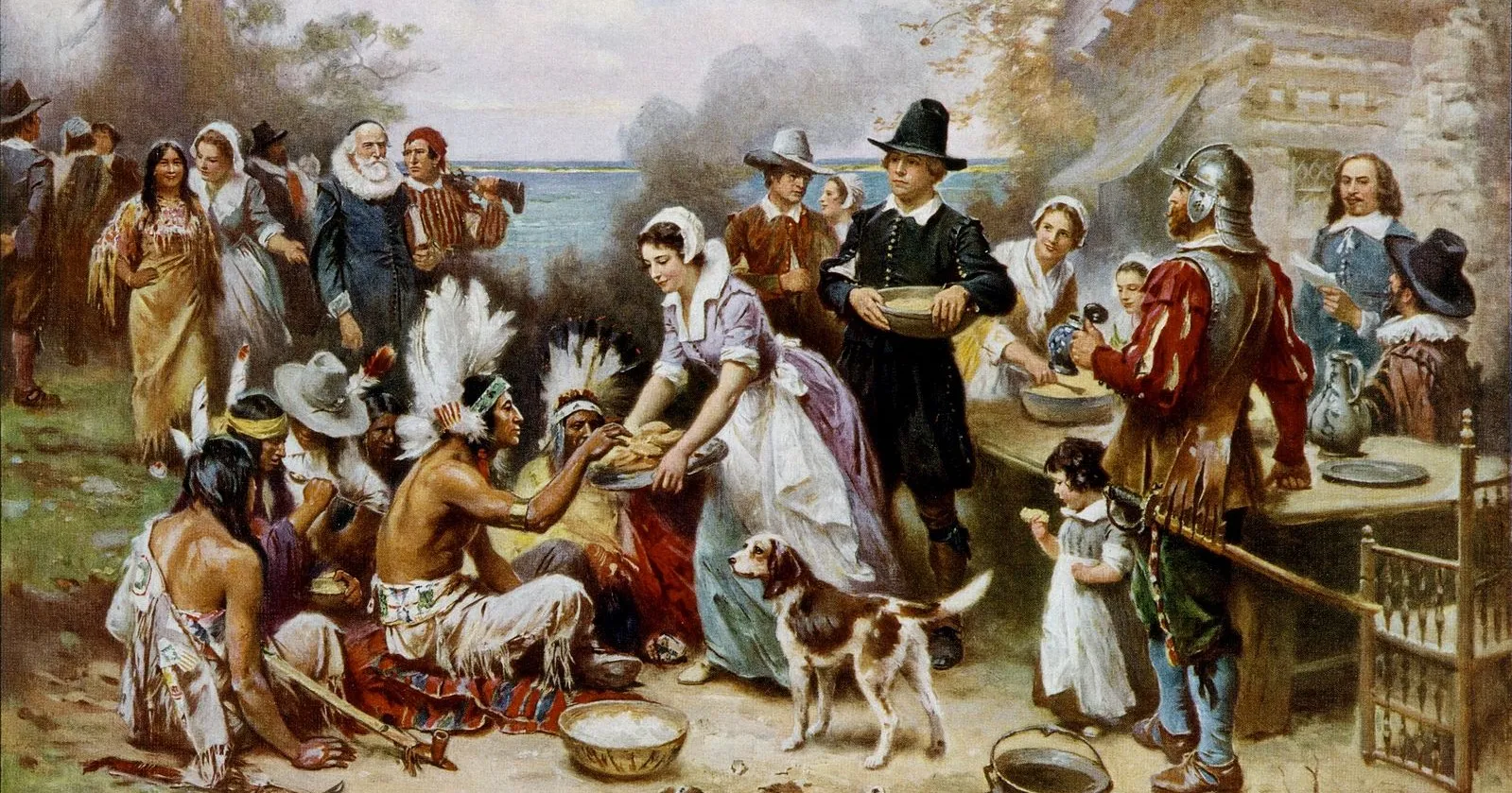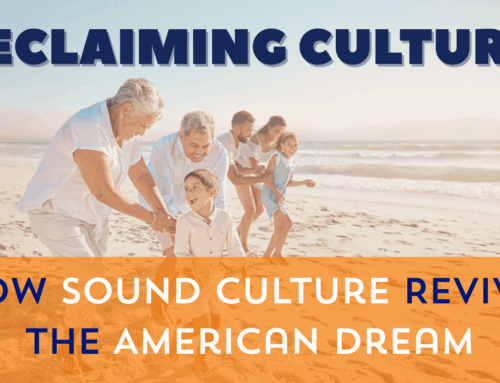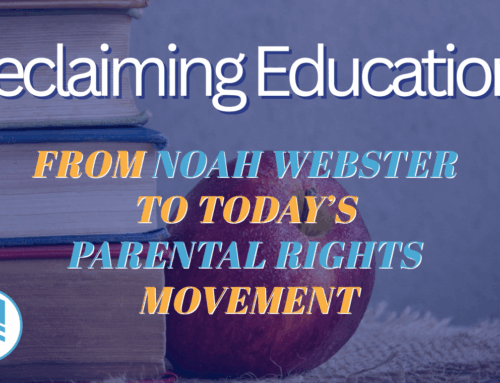
Thanksgiving is a beautiful day of tradition and family, focused on gratefulness. But, over the last few decades, Thanksgiving has come under more and more scrutiny. From media commercials to school curriculum, Thanksgiving myths have arisen. This distinctive holiday has begun to lose its appeal for many Americans, but what is the truth? Should Thanksgiving be celebrated as a national holiday? Or should it be treated as a day of shame and mourning?
Who Were the “Pilgrims”?
Thanksgiving brings up images of Indians and the iconic Europeans with their tell-tale dark dresses and funny-looking headgear. The Pilgrims are essential figures in the Thanksgiving celebration, but why did they come to America?
The Pilgrims were a group of dedicated Christians who wanted to worship the way they believed the Lord wanted them to. This was illegal in England, so the group moved to the Netherlands before eventually setting out for the New World. Following their religious convictions and seeking religious freedom, this small band of about 100 people founded Plymouth Colony in November of 1620. Their goal wasn’t to seek wealth or fortune. They wanted to find a place to live and worship peaceably without fear of their children being led astray.
It was not a good winter for the colony. Plimoth.org gives us a brief idea of what that first winter was like: “Many of the colonists fell ill…As many as two or three people died each day during their first two months on land. Only 52 people survived the first year in Plymouth.”
The “First Thanksgiving” takes on a new context when we consider the dire situation that the colony had faced when they first arrived.
Who Were the “Indians”?
While the Thanksgiving holiday makes us think of a group of Native Americans with a vague sense of appreciation, they play an important part in the story.
One significant Indian was Squanto from the Pawtuxet tribe. Biography.com explains how Squanto had fallen victim to greed and inhumanity. Kidnapped from his home by an English explorer, Squanto lived in England with Ferdinando Gorges, who taught him English and hired him to be a guide. Squanto eventually made his way back home. Without his knowledge of European ways, understanding of the language, and his willingness to help the newcomers, the Plymouth Colony probably wouldn’t have survived.
“Squanto taught the Pilgrims, weakened by malnutrition and illness, how to cultivate corn, extract sap from maple trees, catch fish in the rivers and avoid poisonous plants,” reports The History Channel. “He also helped the settlers forge an alliance with the Wampanoag, a local tribe, which would endure for more than 50 years…”
And here we meet another notable Indian group—the Wampanoag tribe. Despite modern misconceptions, the natives weren’t cowering with fear or entirely hostile toward the newcomers. In fact, the Wampanoag chief is the one who sent Squanto to the Pilgrims to help the dying colony. Plimoth.org notes that a treaty was put into place between the Colony and the Wampanoag, allowing both parties to live freely alongside one another. Chief Massasoit and 90 of his men attended the Pilgrims’ first Thanksgiving.
And that’s how the traditional Thanksgiving scene that we think of today began.
Truth vs. Myth
As mentioned earlier, Thanksgiving in America has become somewhat controversial. Let’s take a very brief look at just a few myths surrounding this amazing holiday—myths that your children, unfortunately, might be learning in school:
Myth #1: The Pilgrims’ First Thanksgiving wasn’t a religious event.
Fact: Some historians believe that William Bradford’s Thanksgiving Day Proclamation addresses the first Thanksgiving celebration. The proclamation states that the day was specifically set aside to thank God for His mercies and blessings. Even after the hardships the colony had lived through, they recognized God’s hand and preservation.
Why this is important: It’s always important to know the true history. We should recognize the significant part that religion played in the colony’s origins, survival, and their communal celebration of God’s provision.
Myth #2: Thanksgiving marks the remembrance of the beginnings of genocide and theft.
Fact: Thanksgiving is not unique to American culture. Technically, it didn’t even start with the Pilgrims. Many countries celebrated Thanksgiving before Americans did, and many still do today (admittedly, other countries celebrate on their own unique annual dates). Other settlers in America celebrated thanksgiving before the Pilgrims ever arrived. For instance, the University of Florida points out that European explorers in St. Augustine, Florida celebrated Thanksgiving 50 years before the Pilgrims landed.
Why this is important: As a universal concept worldwide, Thanksgiving is unassociated with atrocities committed at other times or in other places. Another important point is that, when the Pilgrims and Indians met and enjoyed a feast together, everyone was on good terms with a peaceful treaty in place. The Native Americans had gone out of their way to help their fellow man survive a new harsh world, and the new settlers recognized this with gratitude. Thanksgiving should not be condemned because of evils that other settlers perpetrated.
Myth #3: The Pilgrims desecrated Indian gravesites.
Fact: When they landed in the New World, some Pilgrim men went on an exploratory expedition. Bartleby.com gives us access to firsthand documents about this subject. Edward Winslow (one of the Pilgrim leaders) kept a journal of their journey. He describes the company’s discovery of the Indian graveyard, “…we found a little path to certain heaps of sand, one whereof was covered with old mats, and had a wooden thing, like a mortar, whelmed on the top of it, and an earthen pot laid in a little hole at the end thereof. We, musing what it might be, digged and found a bow, and, as we thought, arrows, but they were rotten…but because we deemed them graves, we put in the bow again, and made it up as it was, and left the rest untouched, because we thought it would be odious unto them to ransack their sepulchres.”
Why this is important: Context and truth help us to understand people and events. Far from being grave-robbing miscreants, the Pilgrims stumbled upon a graveyard. Without understanding what they had found, they explored. Realizing their mistake, the men attempted to fix what they had disturbed and honor the dead. This gives us a better understanding as to who the Pilgrims truly were—religious refugees seeking a new home, not hostile conquerors as some would have us believe today.
Myth #4: Thanksgiving as a celebration was instituted after the Pequot massacre as a celebration of victory.
Truth: While Thanksgiving was celebrated in America before and after the Pequot massacre, the Pilgrims had nothing to do with this terrible act.
Why this is important: There have been atrocities committed throughout American history. Sadly, people have held days of thanksgiving in connection with some of these terrible incidents. However, celebrating days of thanksgiving certainly did not start with these terrible acts. The Pilgrims themselves had nothing to do with the Pequot massacre, and their Thanksgiving celebration was held over a decade before the Pequot War occurred.
Myth #5: The Pilgrims stole the local Indians’ winter food supply.
Truth: The Pilgrims did find a store of corn and food in an Indian village. However, it was a ghost village—the haunting remains of a once-thriving tribe. The tribe had been killed by disease, leaving only an empty village to remind the world of their lost existence. PragurU explains this, along with many other helpful insights into the true history surrounding the “First Thanksgiving.”
Why this is important: Revisionist history is never helpful. Facts tell us who people are. They give us insights into our origins and guide us toward our destination. When we taint this good celebration with false facts and a twisted narrative (either by denying any problems in history or by throwing out all good moments with the bad), we weaken ourselves as a culture and country. It’s important to separate fact from fiction—and vital to teach our kids to recognize the difference.
America’s history is one of conflicting truths. There are periods of controversy, atrocity, and evil. However, we must not let those examples define our country’s entire history or our founding. We must acknowledge the bad and seek to right wrongs where they still exist. But, while doing this, we cannot allow what is good and pure to be destroyed.
Rewriting Thanksgiving history has become a popular idea in recent years. This concept has even infiltrated many educational institutions, including the public school system. Racially divisive ideas like Critical Race Theory have infiltrated our culture and called our nation’s heritage into question.
While it’s important to recognize the terrible impacts of racism and colonialism on vulnerable groups in American history—and teach our children about these historical tragedies so we don’t repeat past mistakes—it’s also vital to remember that these are not principles our country was founded on.
America’s “first” Thanksgiving is a beautiful picture of the hand of God that the Pilgrims so fervently trusted. The local community came together, Pilgrims and Indians, to recognize successful efforts. They celebrated with a three-day feast and enjoyed the fruits of their shared labors.
Regardless of what happened in other places or other times between European settlers and Native Americans, we can appreciate the harmony and friendship that the Plymouth Thanksgiving signifies. Rather than using a peaceful beginning as a reason to mourn, let’s use it as inspiration for the unity we once again seek as a diverse nation. People of many cultures, tribes, and experiences can meet at the Thanksgiving table in joy.





[…] is all about being grateful. It’s literally in the name! But today, many seek to undermine Thanksgiving in America by saying the opposite: they believe Thanksgiving is a product of racism and […]